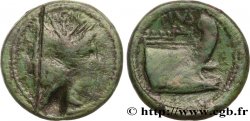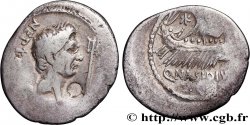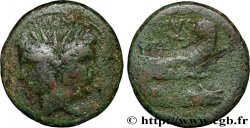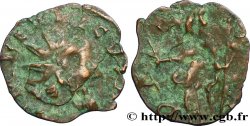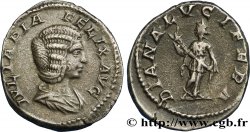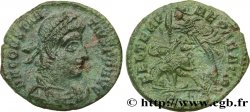Live auction - bpv_415586 - POMPEY THE GREAT Unité
You must signin and be an approved bidder to bid, LOGIN TO BID. Accounts are subject to approval and the approval process takes place within 48 hours. Do not wait until the day a sale closes to register. Clicking on "BID" constitutes acceptance of the terms of use of cgb.fr private live auctions.
Bids must be placed in whole Euro amounts only. The sale will start closing at the time stated on the item description; any bids received at the site after the closing time will not be executed. Transmission times may vary and bids could be rejected if you wait until the last second. For further information check the Live auction FAQ
All winning bids are subject to a 18% buyer’s fee.
All winning bids are subject to a 18% buyer’s fee.
| Estimate : | 550 € |
| Price : | 420 € |
| Maximum bid : | 423 € |
| End of the sale : | 31 January 2017 14:31:05 |
| bidders : | 3 bidders |
Type : Unité
Date: c. 66-48 AC.
Mint name / Town : Pompeiopolis (Soloi), Cilicie
Metal : copper
Diameter : 21 mm
Orientation dies : 12 h.
Weight : 8,32 g.
Rarity : R2
Coments on the condition:
Exemplaire sur un flan ovale à bords biseautés bien centré des deux côtés. Belle tête de Pompée le Grand. Très joli revers. Jolie patine marron foncé
Catalogue references :
Predigree :
Cet exemplaire provient du stock d’Apollon Numismatics en 2012
Obverse
Obverse legend : DERRIÈRE LA TÊTE, LETTRE GRECQUE.
Obverse description : Tête nue de Pompée le Grand à droite (O°).
Obverse legend : I
Reverse
Reverse description : Niké volant à droite, les ailes ouvertes, tenant une couronne de la main droite et une palme de la main gauche.
Reverse legend : PO[MPHIOPOLI]TWN/ AQ/ (GAUT)
Reverse translation : (de Pompeiopolis).
Commentary
Mêmes coins que l’exemplaire de la collection Levante (SNG, n° 881, pl. 55) et que l’exemplaire de la Bibliothèque nationale de France (SNG France 2/ 1215, pl. 61). Le symbole sous le champ (étoile) ou lettre (K) a été mal lu et interprété, il s’agit en fait d’un monogramme. Les deux lettres dans le champ du revers pourrait être une date (an 19) et la monnaie serait alors datée de 47-46 avant J.-C. à un moment où Jules César se trouvait dans la région.







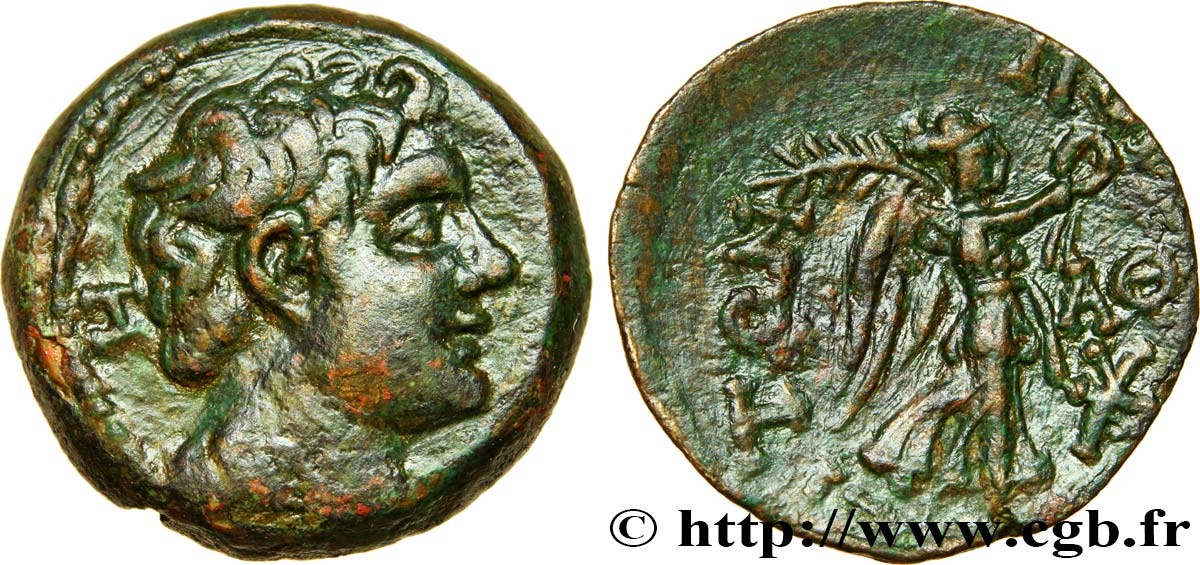
 Report a mistake
Report a mistake Print the page
Print the page Share my selection
Share my selection Ask a question
Ask a question Consign / sell
Consign / sell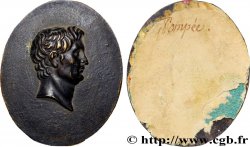
 Full data
Full data